Affiliate links on Android Authority may earn us a commission. Learn more.
MediaTek interview: Balancing performance and power is key
At CES 2023, we had the pleasure of interviewing Finbarr Moynihan, the GM/VP of Corporate Marketing at MediaTek. We talked about the company’s latest Dimensity 9200 SoC, expansion to other markets like the US, and its transition from 4G to 5G.
Mr. Moynihan also shared his views on what the future holds for budget phones and a lot more. You can read a brief overview of the interview below or check out the whole thing in the video above.
Read next: CSA interview — Matter will drastically improve your smart home experience
Q: Let’s talk about the Dimensity 9200 chipset since it’s still brand-new. I’m curious to hear what MediaTek’s global goals are and whether we’ll see a lot more adoption of the 9200 compared to the previous 9000 series?
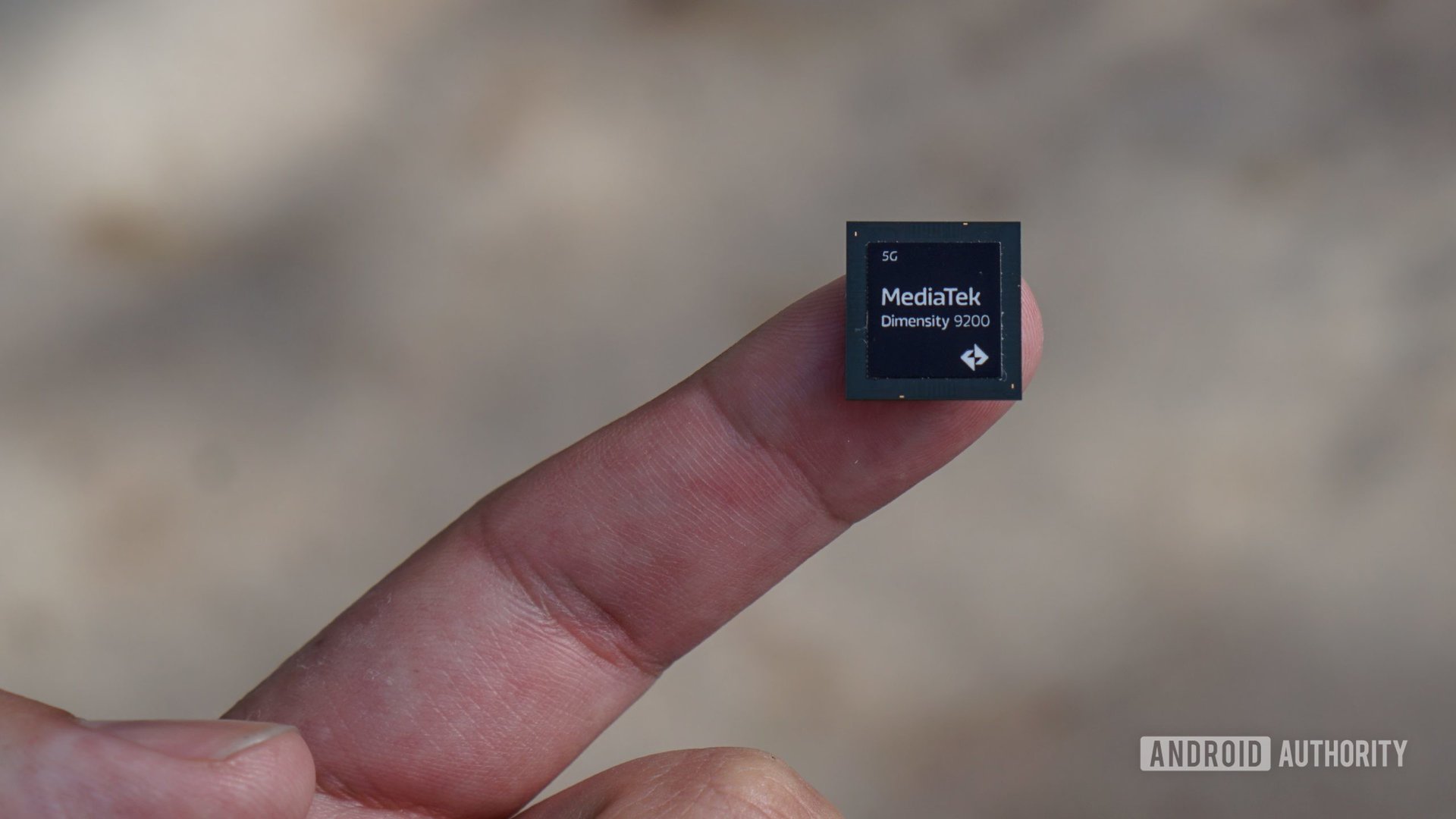
A: This is an exciting time for us, as we just released the Dimensity 9200 a few weeks ago. We’ve already seen a few devices launch with it.
This is our second year in the flagship space, as we launched the 9000 series around a year ago. We’ve been working our way up. We have the 8000 series for what we call the premium tier that’s been phenomenally successful for us over the last year, and we had a great start with the 9000 series, with multiple devices launching with it from vivo, OPPO, Redmi, ASUS, and HONOR.
To be fair, most of the volume in the first year was in China, but we’ve now launched the 9200 series, and I think we’ve proved to the world and to our customers that we can deliver a solution that checks all the boxes for the flagship tier. What’s really exciting is that the first model has already been launched — the vivo X90 Pro — and is off to a flying state in China.
Q: What lessons has MediaTek learned going from the 9000 to the 9200 series?
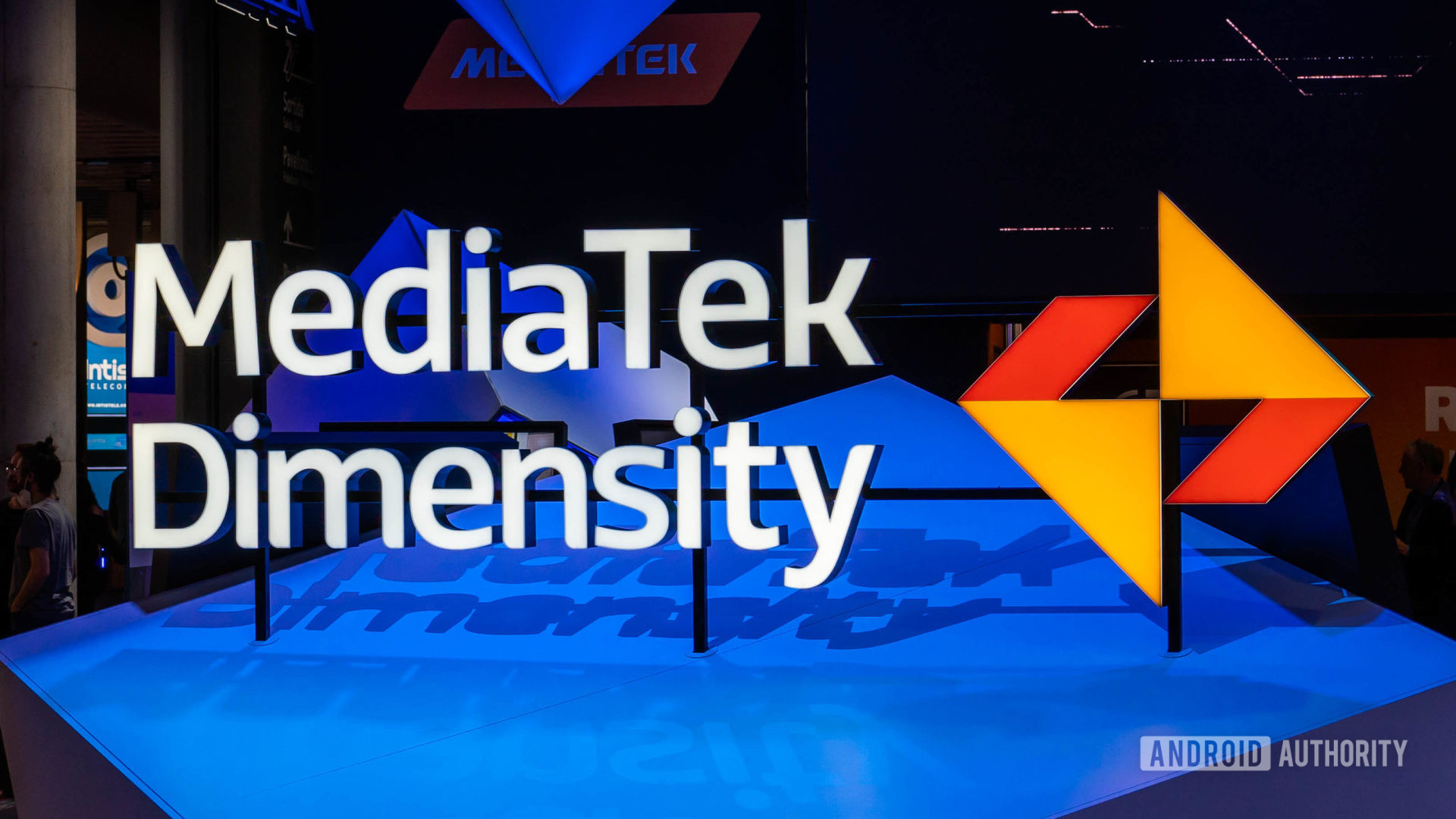
A: Our main message with the 9200 series, which I think is resonating with a lot of our customers, as well as end consumers, is “incredible performance, intelligent power.”
What we’re trying to convey is that of course flagship-level performance, the latest technology, the latest graphics, and the latest modem capabilities are all important — you have to check all the boxes. At the same time, you can’t do it in such a way that it blows up the power budget and makes the phone useless. So we’re always trying to balance performance and power, and I think we’ve achieved this to some degree with the 9000 series and enhanced it with the newer 9200 series.
We’re really trying to make sure to achieve not just high performance but sustained high performance in a real user environment.
Q: What exactly do you plan on doing to convince brands committed to rival flagship chips to start using your SoCs?
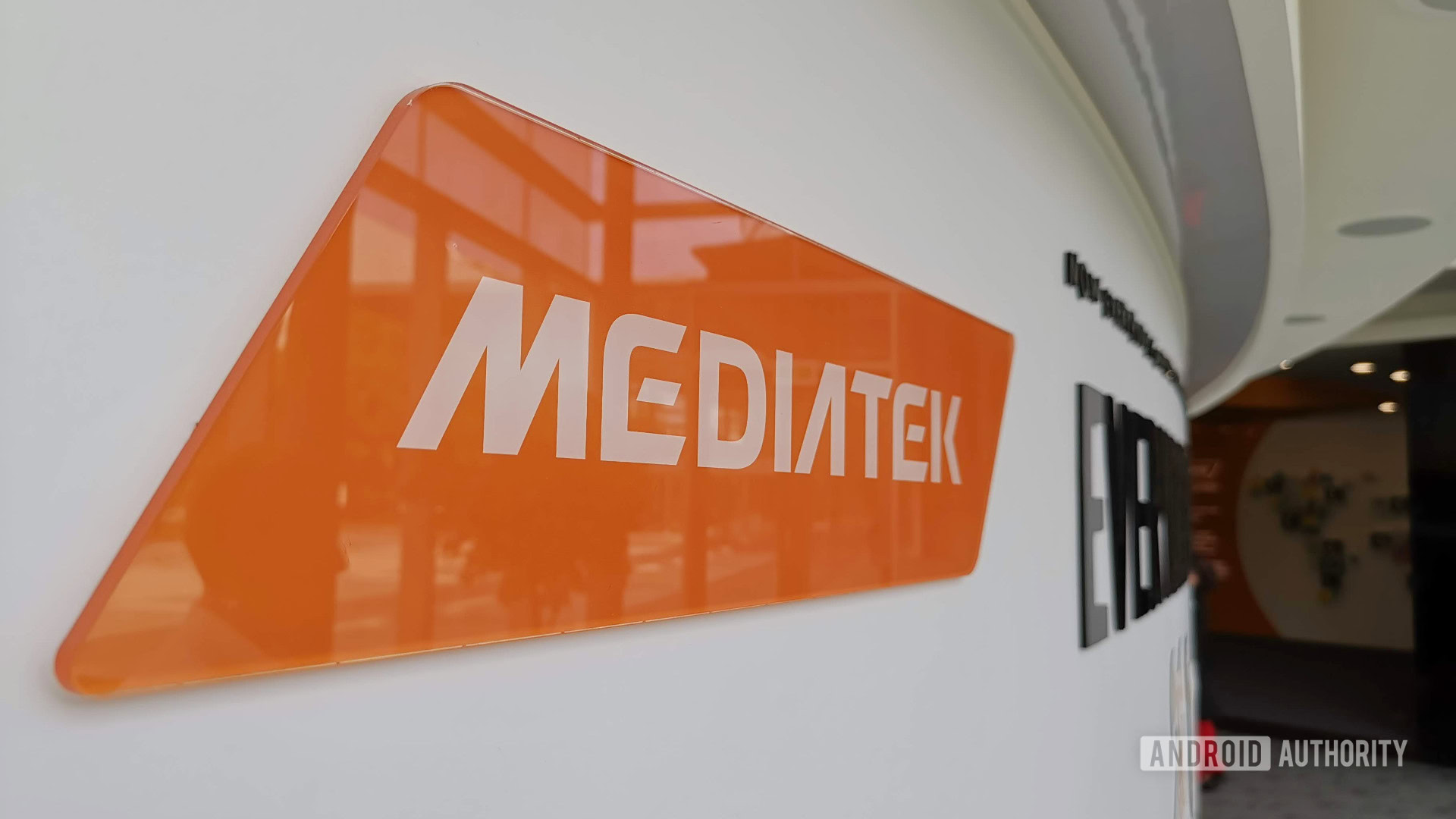
A: We’ve already seen a fairly broad adoption of our chips, not only from vivo but other brands as well. That will continue. We’ll see more products released this year with the Dimensity 9000 chipset — so companies will continue to use last year’s SoCs for their new models. We’ll also see more devices with the newer 9200 chipset.
We'll see a lot more global availability in 2023.
What’s important is that we’ll also see more global availability this year. So expect more products with MediaTek chips in places like Europe and India, as I think our customers are now comfortable with MediaTek being more present in the flagship tier.
Q: What about partnering more with brands that have a strong American presence like Motorola and Samsung?
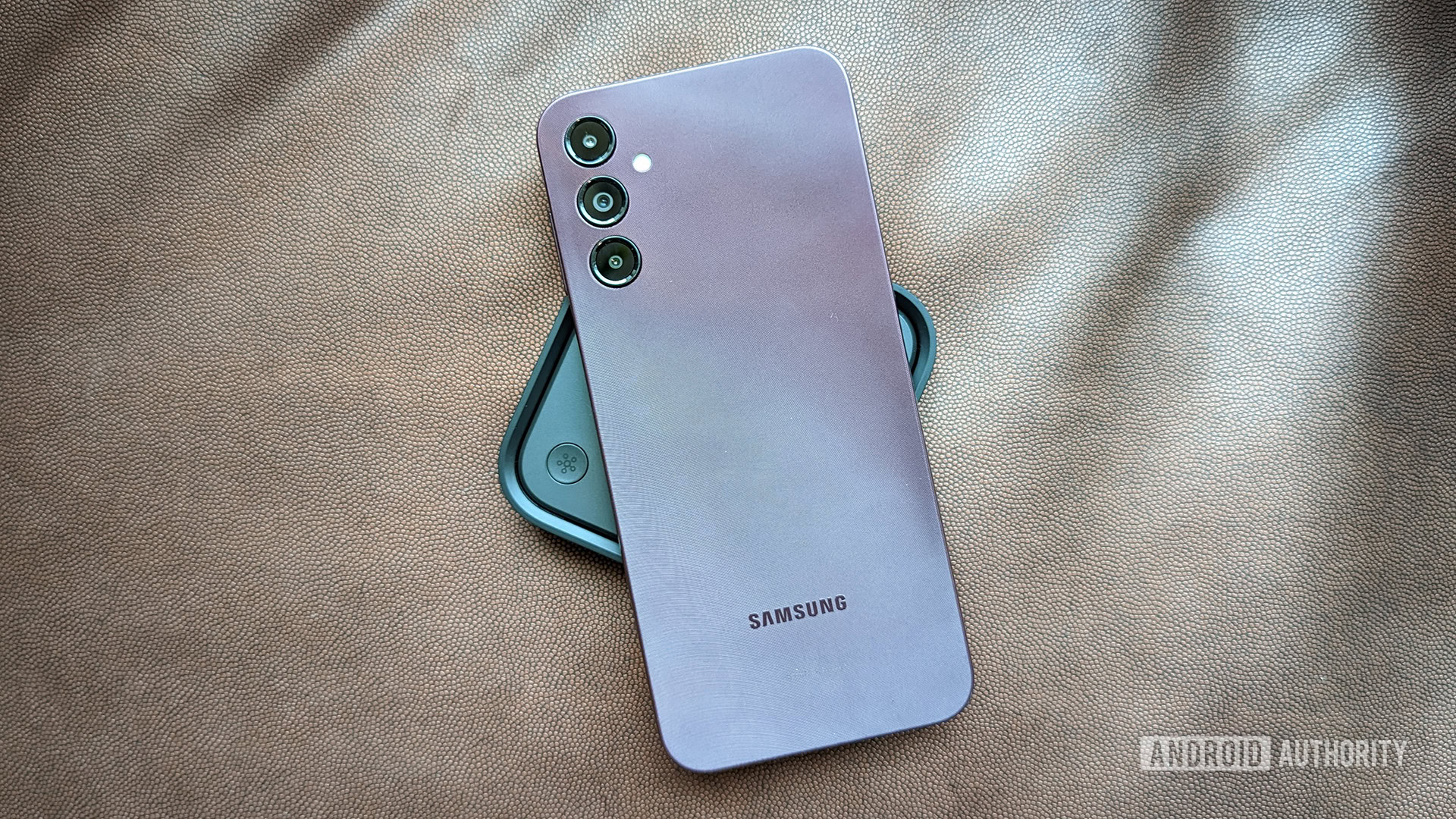
A: The US market has always been a little different and quirky just because the high-end market is concentrated with just a few big brands. With that in mind, it’s going to take us a little longer to break through to the US market. We may see some results this year, but they will likely be limited.
We have enabled the latest technologies in the Dimensity 9200. It has mmWave support that’s important in the US, so I think we designed a platform that has all the capabilities required. So if someone wants to bring us to the US market, there are no technical barriers anymore. It’s more a case of the right OEM, the right device, the right opportunity, and the right carrier.
Q: MediaTek has done a great job transitioning to 5G. How do you see the transition to 5G Advance and then 6G?
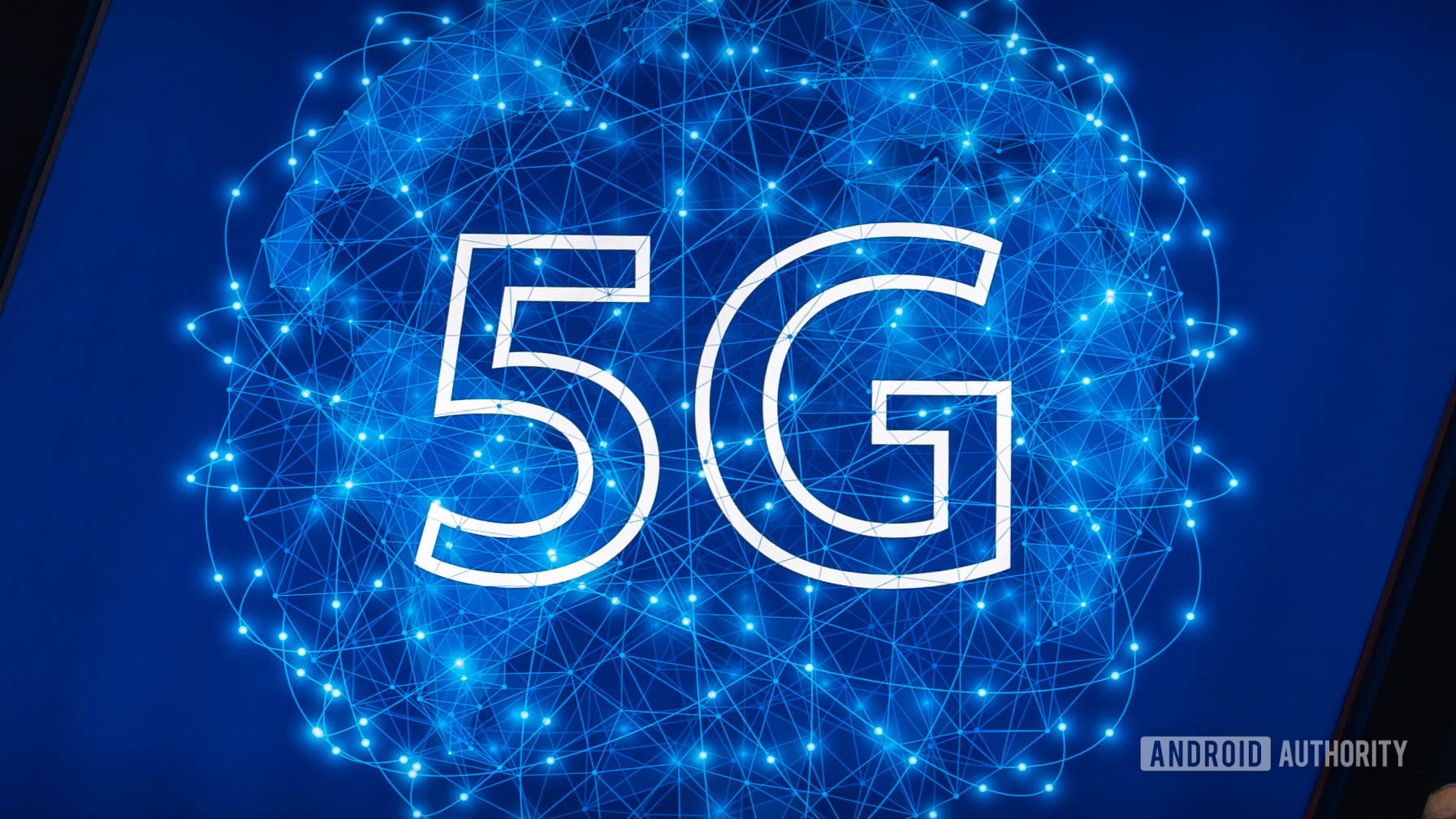
A: We made very deliberate decisions as a company, driven by our management, to really close the technology gap with 5G. We strategically decided to focus on only sub-6GHz for the first wave of 5G.
It was the right decision at the time, but we then knew that mmWave is an important technology, so we now check all the boxes when it comes to the necessary features required for 5G.
When it comes to 6G, we’ve already published a white paper on our vision for it, which you can check out on our website. We’re also very active in the area of satellite communications. For example, the recently announced Motorola Defy rugged phone is using MediaTek technology for satellite communications. The technology is still in its infancy, but I think it’s going to be an important aspect of 6G as it builds out.
Q: Let’s talk a bit about budget phones. We’re still seeing some phones ship with Helio or other entry-level 4G chips. What does the future look like for budget phones — will most of them adopt 5G soon?
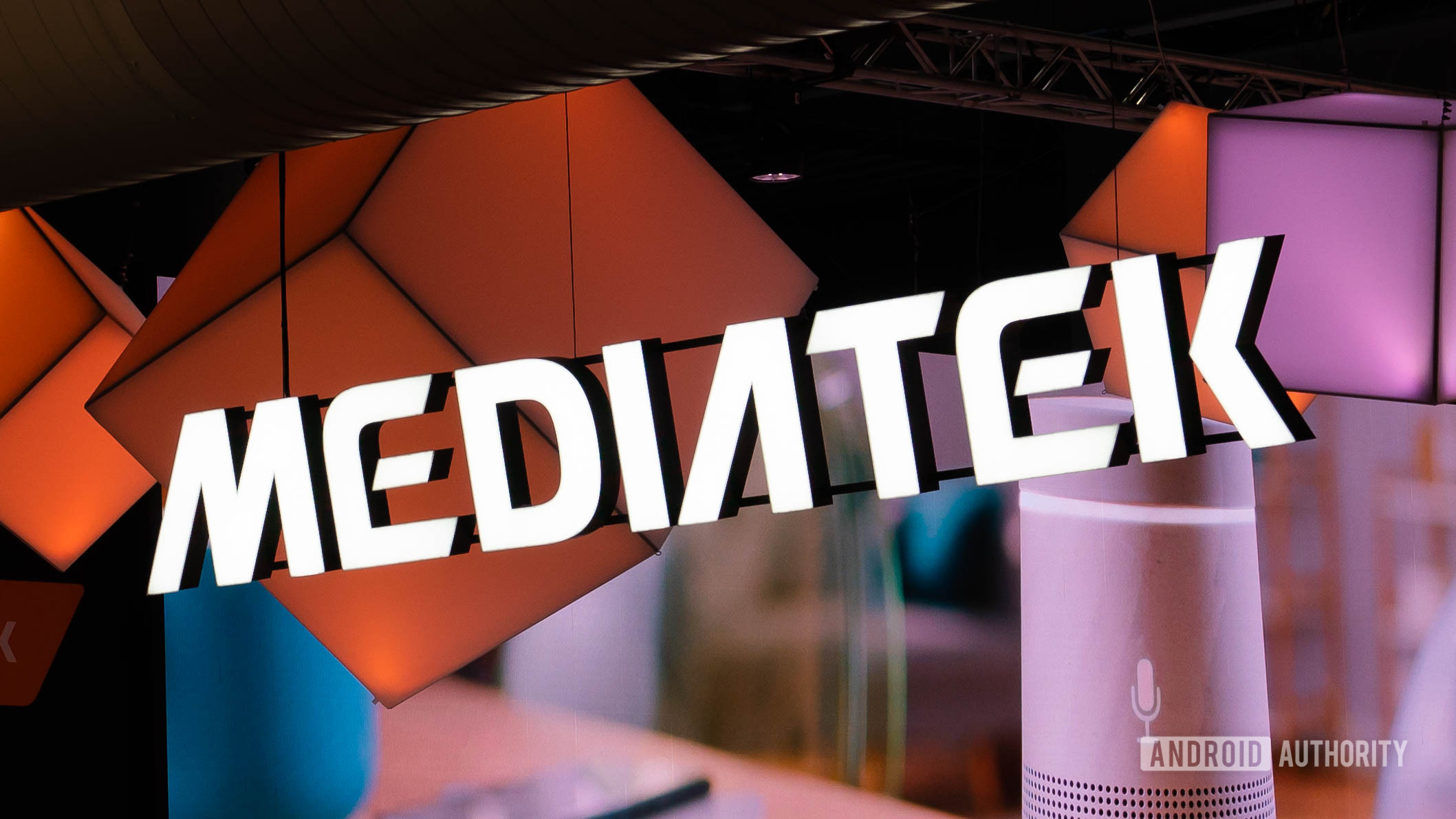
A: I think we’re going to see 4G and Helio around for a long time. Based on our review of the market, a little less than 50% of phones that shipped last year supported 5G. In 2023, that number will increase to around 55%.
So the rate of transition from 4G to 5G will continue to grow, but probably at a slower pace as we move into the mid-tier and entry-level devices. The reality today is that there are still significant cost differences between 4G and 5G devices.
4G is still a very important market for us.
So 4G is still a very important market for us in terms of volume, even though it’s getting smaller. We even launched a new 4G platform last year called the Helio G99 that uses 6nm process technology.
So our portfolio goes from very entry-level to high-end 4G chipsets, and I think we’ll be shipping those for many years to come. The demand will still be there in a lot of markets including Africa, Latin America, as well as India and the rest of Asia.
This is just a quick overview of the conversation we had with MediaTek’s Finbarr Moynihan. If you want to learn more, check out the video at the top of the page.